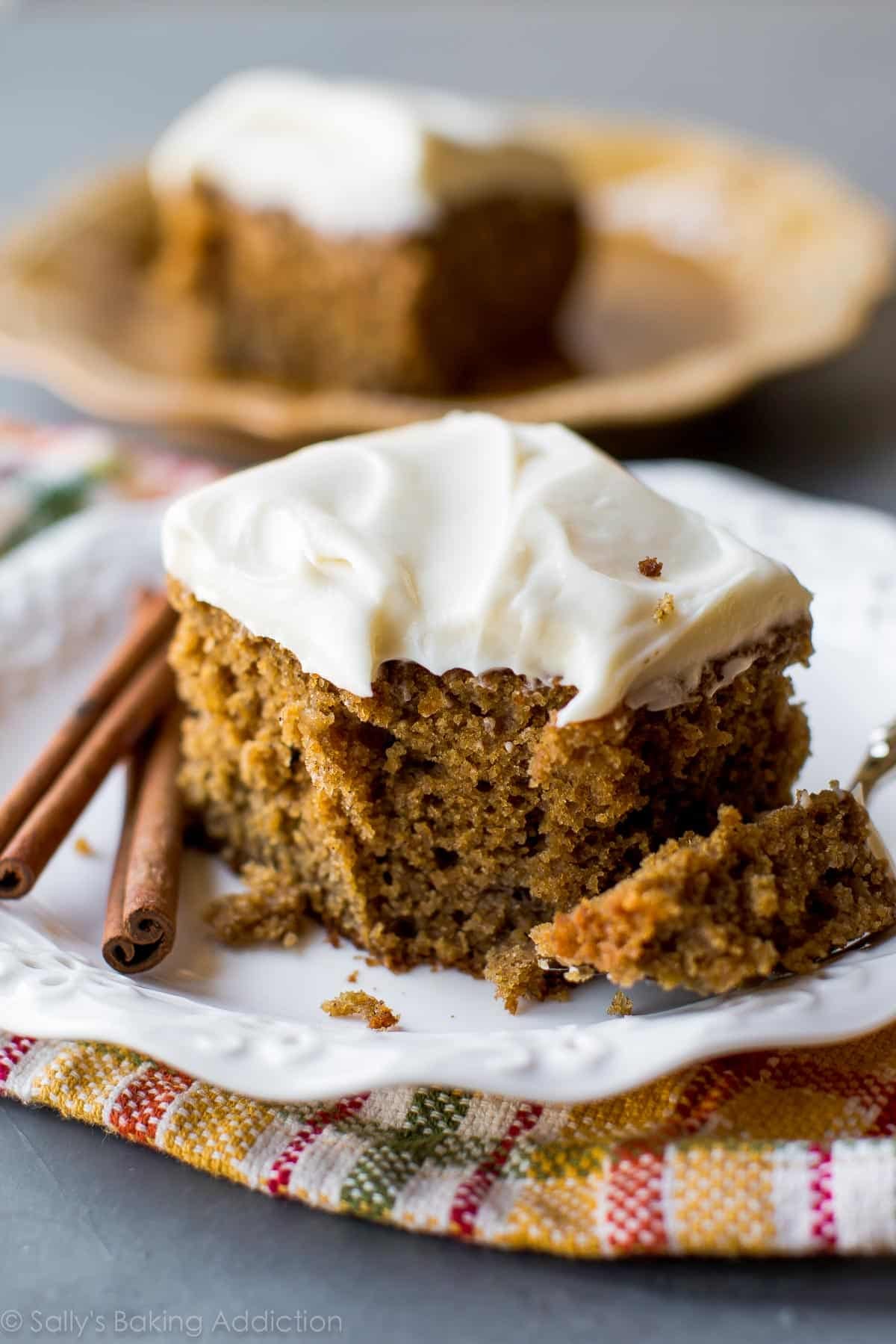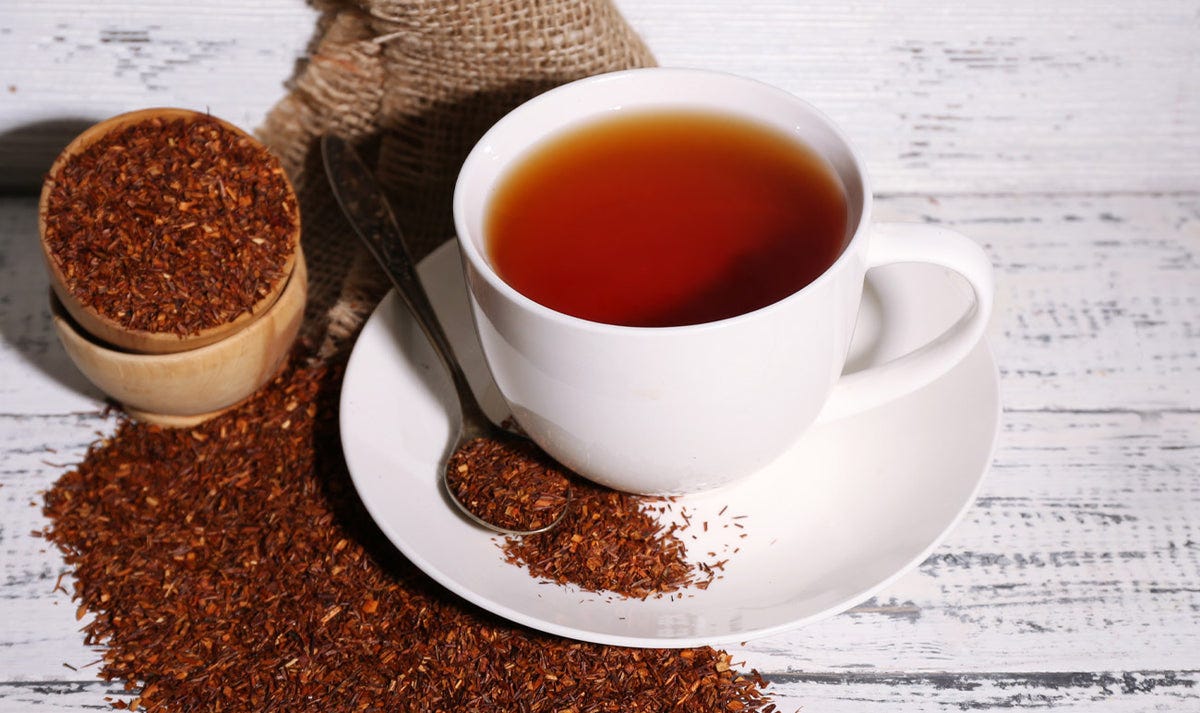Creating new recipes by extrapolating ingredients that go well with existing ingredients
Previously I’ve talked about finding what particular flavour combinations you like in your favourite dishes as a way to create new recipes.
But what if I want something more complex and not limit myself to just this flavour combination?
If you want to be creative, you can even create a dish that not only contains your favourite combination derived from that exercise, but also other flavours that also go well with at least one of the major ingredients from that combination. Knowing what ingredients and flavours you enjoy being paired together can help with the latter; you can get some ideas by looking at your other favourite dishes that contain those ingredients. You could call this an extension of the food bridging principle.
You can use this approach if you are in this scenario. You have decided a number of ingredients you will use to create a dish. You may have chosen the ingredients because their flavours coincided with your favourite flavour combination, or because you just think they go well together, but you want to create a more complex dish. So by extrapolating what other flavours or ingredients go well with at least one of the ingredients or flavours you have decided to use, you can create something more complex. I call this flavour extrapolation.
There is some similarity to the food bridging approach, but the difference between that and this flavour extrapolation approach is that food bridging is used to form a flavour chain between two disparate ingredients, whereas flavour extrapolation is often used to extrapolate additional ingredients that go well with an existing ingredient of your choice (which may be part of an existing flavour combination.)
How do you find out what further ingredients you should add, based on an existing ingredient that you’re chosen for your dish? Find out what ingredient goes well with that ingredient. Look at other recipes or dishes for inspiration to see what ingredients go well together.
For example, I’ve previously mentioned that I like spice cake, especially those with cinnamon, nutmeg, cardamom, dried ginger powder, cloves and five spice. The component flavours in this cake would be starchy, sweet, spicy and buttery (if you use butter.)

If I want a cake with more complex flavours, I may think of what goes well with the spices in spice cake. Apple is a popular choice. I’ve enjoyed eating pears cooked with cinnamon and butter, so a pear spice cake would be a good idea. But I could choose to have a banana spice cake instead, as I like bananas cooked with cinnamon and butter.
Spices go well with orange marmalade. An upside down marmalade spiced cake could be an obvious extension of this extrapolation approach.

One of my favourite drinks, masala chai, contains black tea leaves in addition to spices such as cardamom, cloves, cinnamon and ginger. So adding black tea leaves would add some depth to a spice cake.
Spiced nuts are a highly satisfying snack. Certain nuts such as almonds, cashews and pecans go well with cinnamon and nutmeg. I personally love cake made with ground almonds. So something like a spiced almond cake would do. But why limit myself to one additional ingredient? Adding both pear and almond could result in a more complex spiced pear almond cake.
Or you could add carrot to the spice cake, as Nik Sharma does here. Carrots go well with spices.
For something even more complex, I could look at rooibos tea, which pairs well with apple, spices and nuts. What I particularly like about this is that rooibos tea not only goes well with apple, spices and nuts individually, but the other ingredients go well with each other, resulting in several flavour chains linked together.

Below, you can see several harmonious pairings of the ingredients:
Spice - apple
Spice - nuts
Spice - rooibos tea
Apple - rooibos tea
Nuts - rooibos tea
Now let’s summarise the pairings in the form of flavour chains:
Spice - apple - rooibos tea
Spice - rooibos tea - apple
Spice - rooibos tea - nuts
Spice - nuts - rooibos tea
Rooibos tea - spice - apple
Rooibos tea - spice - nuts
Apple - spice - nuts
Apple - rooibos tea - nuts
You can see that several flavour chains are interlinked. This means that there is a good likelihood that these ingredients are harmonious together.
The key takeaways here are:
Find a dish or favourite ingredient/flavour combination that you want to add more flavours to
Find at least one additional ingredient that would go well with at least one of the main ingredients/flavours. You can look at other recipes for inspiration on what other flavours/ingredients go well with each ingredient in your existing ingredient combination.
If the new ingredient forms several favourable flavour pairings with your existing ingredients, they’re more likely to be harmonious together.
